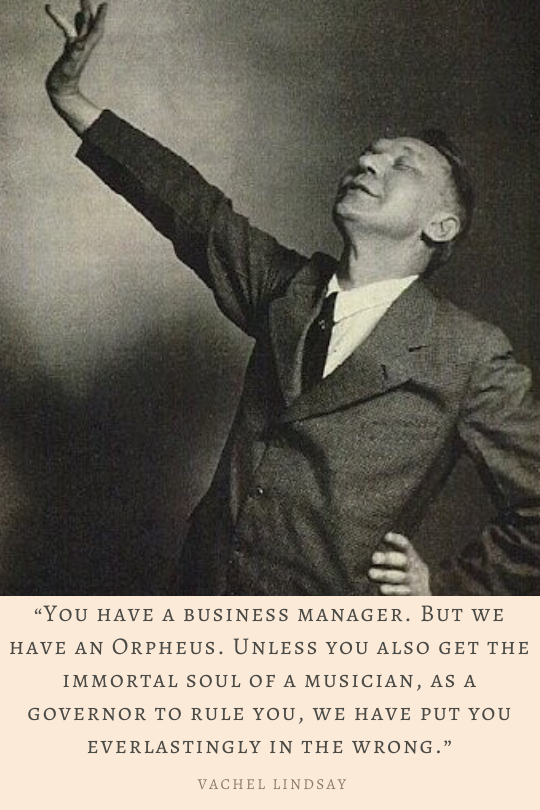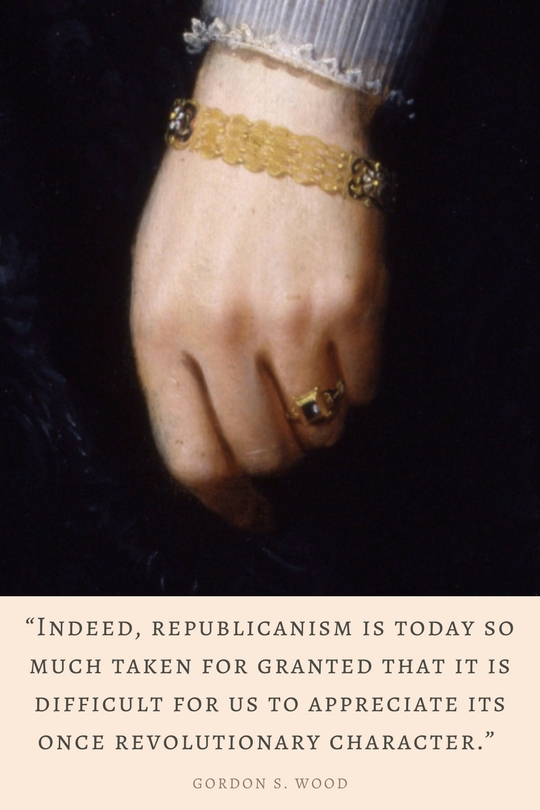Limitations Of Kabbalah And Bible Challenge Authority Of Western Esotericism
Does the limitations of Kabbalah and the Christian Bible in the Studies of Esotericism blind Western Philosophers? Helena P. Blavatsky challenged the esotericists of her time, who saw in the Bible, the final authority, even in the area of esoteric study.
“And now it has come to this: The student interested in the Secret Sciences has to believe that the whole cycle of the symbolical “Ancient of Days,” every hair of the mighty beard of Macroprosopus, refers only to the history of the earthly career of Jesus of Nazareth! And we are told that the Kabalah “was first taught to a select company of angels” by Jehovah himself–who, out of modesty, one must think, made himself only the third Sephîrôth in it, and a female one into the bargain. So many Kabalists, so many explanations.” (“The Eastern Gupta Vidya and the Kabalah.” Blavatsky Collected Writings, Vol. 14, pg. 168-69.)
“The Eastern Gupta Vidya and the Kabalah.” Blavatsky Collected Writings, Vol. 14, pg. 168-69: “And now the situation stands thus: as the old Alchemists have not left a key to their writings, the latter have become a mystery within an older mystery. The Kabalah is interpreted and checked only by the light which mediaeval Mystics have thrown upon it, and they, in their forced Christology, had to put a theological dogmatic mask on every ancient teaching
We now return to the consideration of the essential identity between the Eastern Gupta-Vidyâ and the Kabalah as a system, while we must also show the dissimilarity in their philosophical interpretations since the Middle Ages.
It must be confessed that the views of the Kabalists–meaning by the word those students of Occultism who study the Jewish Kabalah and who know little, if anything, of any other Esoteric literature or of its teachings–are as varied in their synthetic conclusions upon the nature of the mysteries taught even in the Zohar alone, and are as wide of the true mark, as are the dicta upon it of exact Science itself. Like the mediaeval Rosicrucian and the Alchemist–like the Abbot Trithemius, John Reuchlin, Agrippa, Paracelsus, Robert Fludd, Philalethes, etc.–by whom they swear, the continental Occultists see in the Jewish Kabalah alone the universal well of wisdom; they find in it the secret lore of nearly all the mysteries of Nature–metaphysical and divine–some of them including herein, as did Reuchlin, those of the Christian Bible. For them the Zohar is an Esoteric Thesaurus of all the mysteries of the Christian Gospel; and the Sepher Yetzîrah is the light that shines in every darkness, and the container of the keys to open every secret in Nature. Whether many of our modern followers of the mediaeval Kabalists have an idea of the real meaning of the symbology of their chosen Masters is another question. Most of them have probably never given even a passing thought to the fact that the Esoteric language used by the Alchemists was their own, and that it was given out as a blind, necessitated by the dangers of the epoch they lived in, and not as the Mystery-language, used by the Pagan Initiates, which the Alchemists had re-translated and re-veiled once more.
And now the situation stands thus: as the old Alchemists have not left a key to their writings, the latter have become a mystery within an older mystery. The Kabalah is interpreted and checked only by the light which mediaeval Mystics have thrown upon it, and they, in their forced Christology, had to put a theological dogmatic mask on every ancient teaching, the result being that each Mystic among our modern European and American Kabalists interprets the old symbols in his own way, and each refers his opponents to the Rosicrucian and the Alchemist of three and four hundred years ago. Mystic Christian dogma is the central maelstrom that engulfs every old Pagan symbol, and Christianity–Anti-Gnostic Christianity, the modern retort that has replaced the alembic of the Alchemists–has distilled out of all recognition the Kabalah, i.e., the Hebrew Zohar and other rabbinical mystic works. And now it has come to this: The student interested in the Secret Sciences has to believe that the whole cycle of the symbolical “Ancient of Days,” every hair of the mighty beard of Macroprosopus, refers only to the history of the earthly career of Jesus of Nazareth! And we are told that the Kabalah “was first taught to a select company of angels” by Jehovah himself–who, out of modesty, one must think, made himself only the third Sephîrôth in it, and a female one into the bargain. So many Kabalists, so many explanations. Some believe — perchance with more reason than the rest–that the substance of the Kabalah is the basis upon which masonry is built, since modern Masonry is undeniably the dim and hazy reflection of primeval Occult Masonry, of the teaching of those divine Masons who established the Mysteries of the prehistoric and prediluvian Temples of Initiation, raised by truly superhuman Builders. Others declare that the tenets expounded in the Zohar relate merely to mysteries terrestrial and profane, having no more concern with metaphysical speculations–such as the soul, or the post-mortem life of man–than have the Mosaic books. Others, again–and these are the real, genuine Kabalists, who had their instructions from initiated Jewish Rabbis–affirm that if the two most learned Kabalists of the mediaeval period, John Reuchlin and Paracelsus, differed in their religious professions–the former being the Father of the Reformation and the latter a Roman Catholic, at least in appearance–the Zohar cannot contain much of Christian dogma or tenet, one way or the other. In other words, they maintain that the numerical language of the Kabalistic works teaches universal truths–and not any one Religion in particular. Those who make this statement are perfectly right in saying that the Mystery-language used in the Zohar and in other Kabalistic literature was once, in a time of unfathomable antiquity, the universal language of Humanity. But they become entirely wrong if to this fact they add the untenable theory that this language was invented by, or was the original property of, the Hebrews, from whom all the other nations borrowed it.
They are wrong (…) The Book of Splendour of Rabbi Shimon ben-Yohai, did indeed originate with him–his son, Rabbi Eleazâr, helped by his secretary, Rabbi Abbâ, compiling the Kabalistic teachings of his deceased father into a work called the Zohar–those teachings were not Rabbi Shimon’s, as the Gupta-Vidyâ shows. They are as old as the Jewish nation itself, and far older. In short, the writings which pass at present under the title of the Zohar of Rabbi Shimon are about as original as were the Egyptian synchronistic Tables after being handled by Eusebius, or as St. Paul’s Epistles after their revision and correction by the “Holy Church.””










